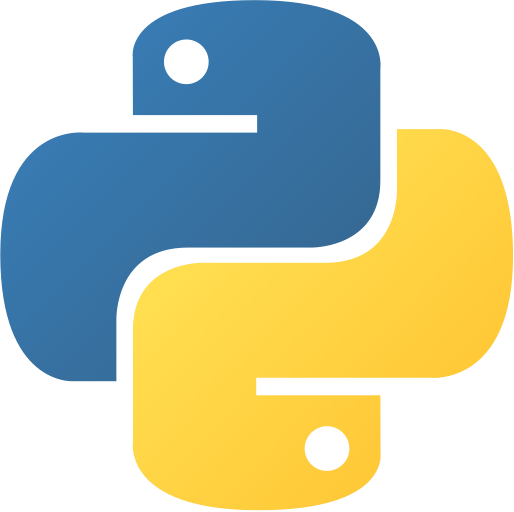Control Statement in Python
Mastering Control Statements in Python: A Comprehensive Guide
Control statements in Python are essential tools for directing the flow of a program, enabling you to make decisions, iterate through sequences, and execute code conditionally. Understanding control statements is fundamental to writing flexible and dynamic Python programs. In this comprehensive guide, we’ll explore the key types of control statements in Python, their syntax, and best practices for their effective use.
What are Control Statements in Python?
Control statements are used to control the flow of execution of a program. They are also known as decision-making statements. Control statements enable you to make decisions, iterate through sequences, and execute code conditionally. They are essential tools for writing flexible and dynamic Python programs.
Types of Control Statements in Python
There are three types of control statements in Python:
- Selection statements
- Iteration statements
- Jump statements
Selection Statements
ifif & if-elseif-else & if-elif-elseif-elif-else & nested if-elsenested if-else & ternary operatorternary operator & match-casematch-case Statements
Selection statements in Python allow you to make decisions in your code based on certain conditions. The primary selection statement in Python is the if statement, which can be extended with elif (short for “else if”) and else clauses for more complex decision-making. Let’s explore the syntax and usage of selection statements in Python
There are five types of selection statements in Python:
ififstatementif-elseif-elsestatementif-elif-elseif-elif-elsestatementnested if-elsenested if-elsestatementternary operatorternary operatorstatementmatch-casematch-casestatement
Diagram of the Selection Statements in Python:
Diagram of the Selection Statements in Python
graph TD
A[Start] --> B{condition}
B -- True --> C[statements]
C --> D[End]
B -- False --> E[End]
Selection Statements
Iteration Statements
forfor & whilewhile Statements
Iteration statements in Python allow you to execute a block of code repeatedly. The primary iteration statements in Python are the for and while statements. Let’s explore the syntax and usage of iteration statements in Python.
There are two types of iteration statements in Python:
forforstatementwhilewhilestatement
Diagram of the Iteration Statements in Python:
Diagram of the Iteration Statements in Python
graph TD
A[Start] --> C{loop condition}
C -- True --> D[statements]
D --> E[Increment]
E --> C
C -- False --> F[End]
Iteration Statements
Jump Statements
breakbreak & continuecontinue & passpass & assertassert Statements
Jump statements in Python allow you to control the flow of execution of a program. The primary jump statements in Python are the break, continue, pass, and assert statements. Let’s explore the syntax and usage of jump statements in Python.
There are four types of jump statements in Python:
breakbreakstatementcontinuecontinuestatementpasspassstatementassertassertstatement
Diagram of the Jump Statements in Python:
Diagram of the Jump Statements in Python
graph TD
A[Start] --> B{condition}
B -- True --> C[jump statements]
C -- break --> D[End]
C -- continue --> B
Jump Statements
Conclusion
In this guide, we explored the key types of control statements in Python, their syntax, and best practices for their effective use. We also explored the ternary operator and match-case statement, which are new in Python 3.10. Now that you have a solid understanding of control statements in Python, you can use them to write flexible and dynamic Python programs.
As you delve deeper into Python programming, experiment with different control statements, explore their applications in real-world scenarios, and use them to enhance the efficiency and clarity of your code. For more hands-on examples and in-depth tutorials, explore our resources on Python Central Hub!
Was this page helpful?
Let us know how we did
